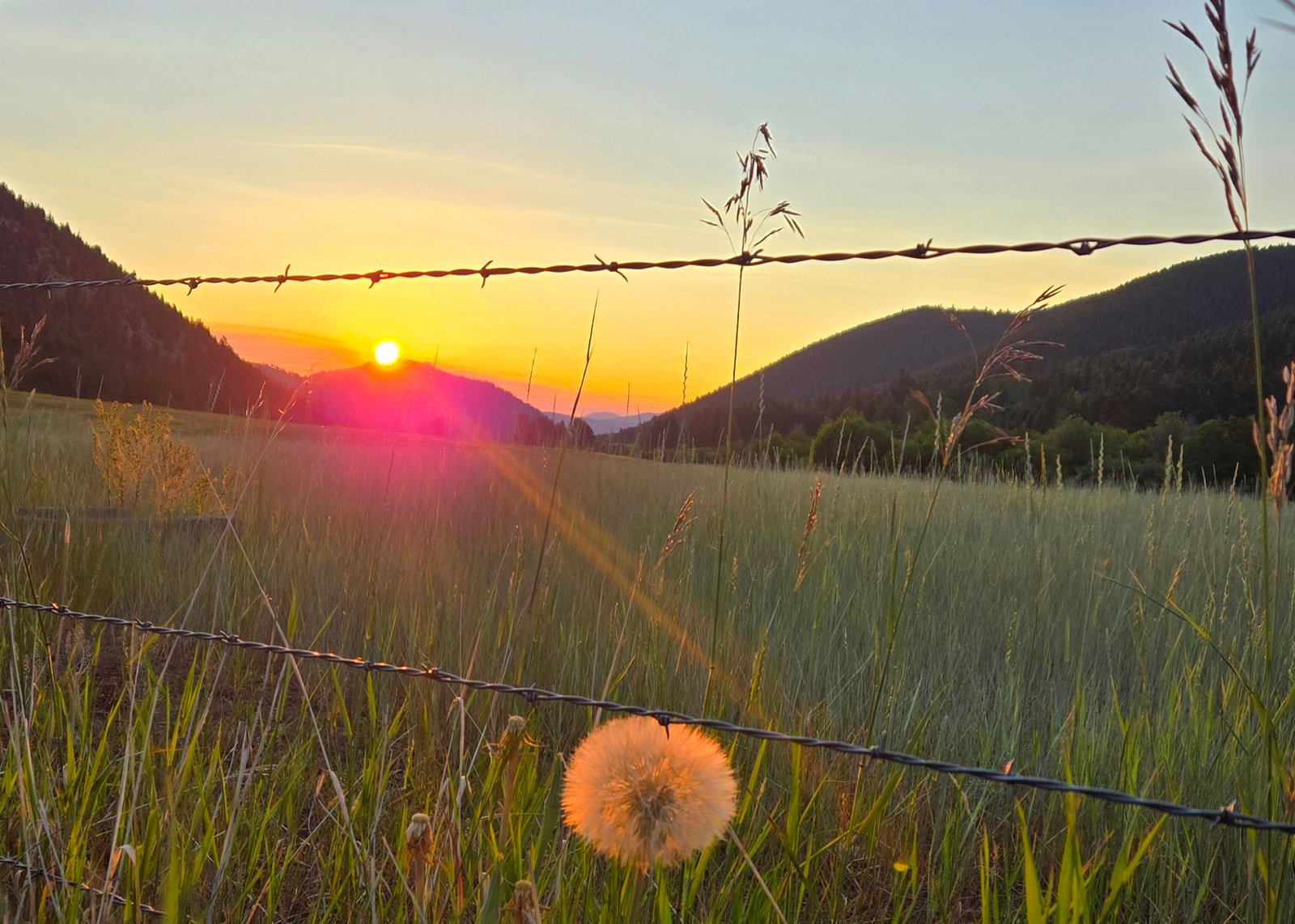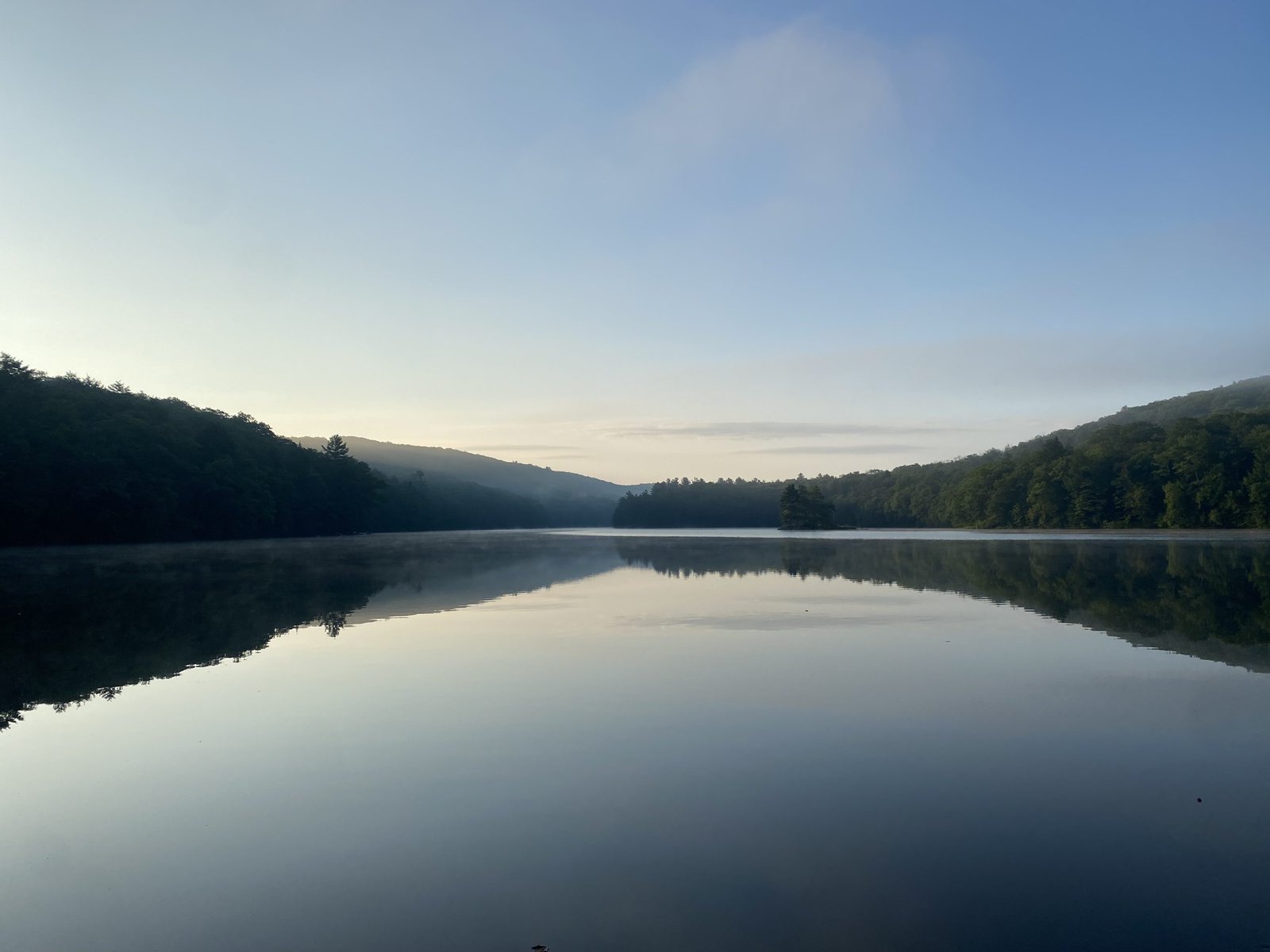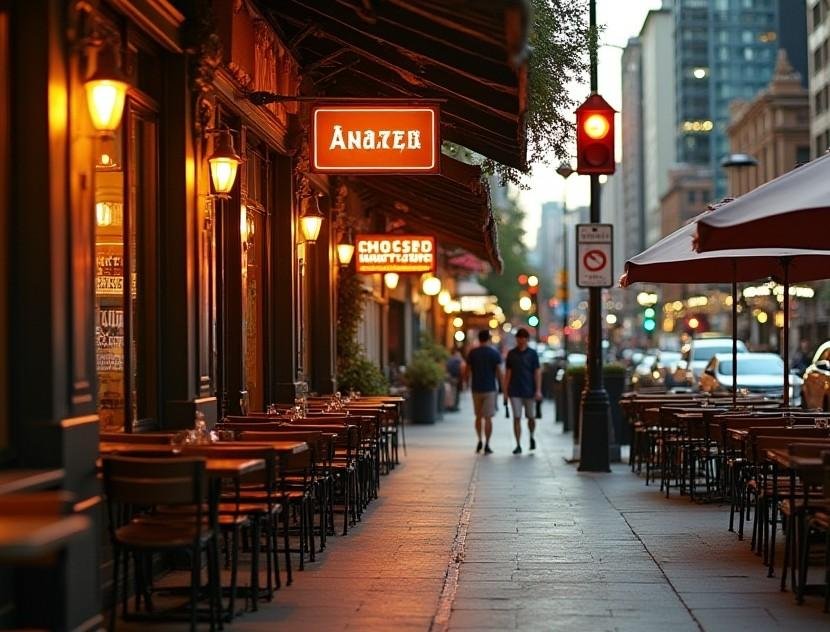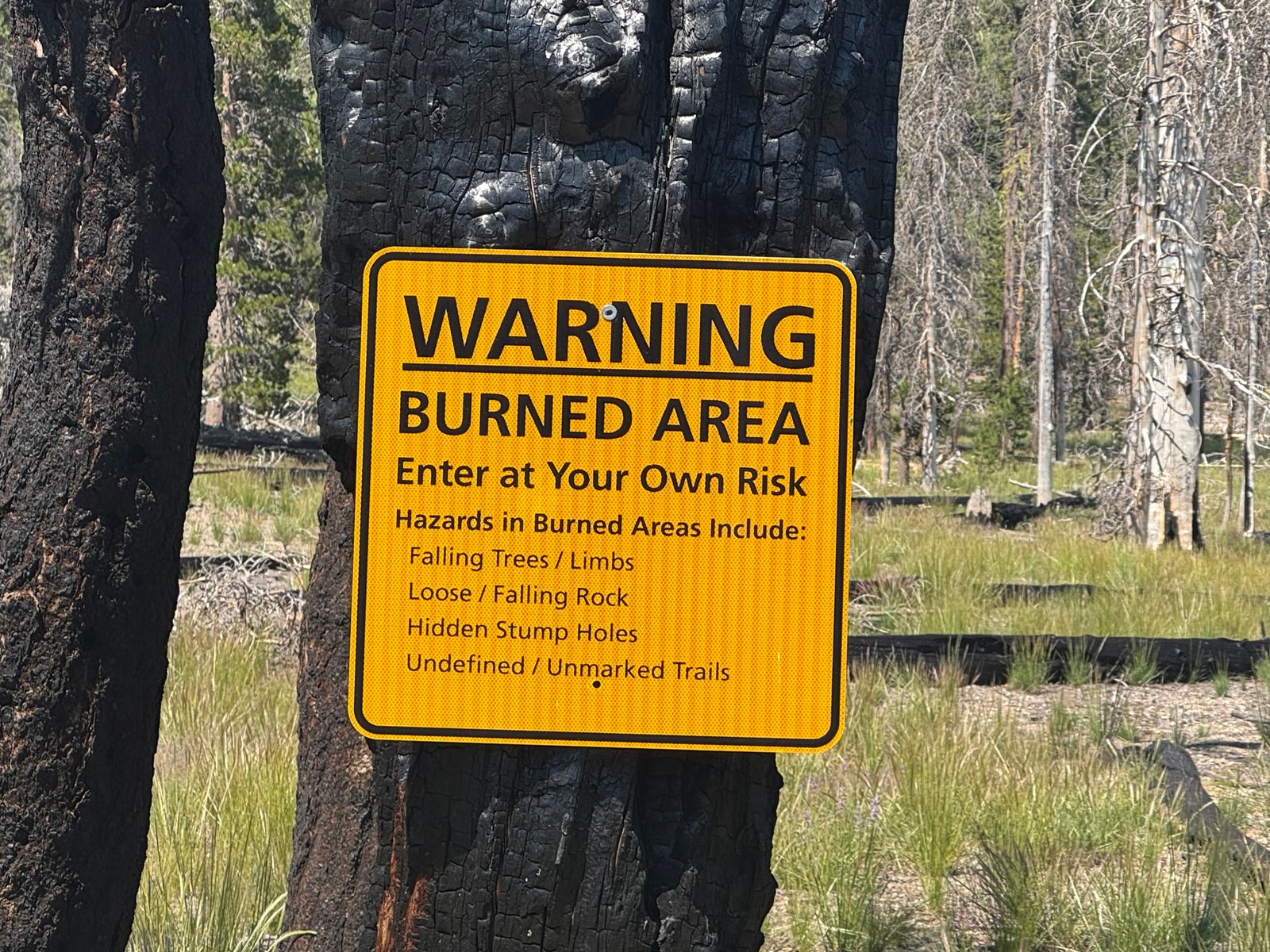Destinations & Things To Do
Alternates and Altruism on the CDT in Montana

Less Water, More PUDs
Halfway through the section of trail between the towns of Augusta and Elliston, the abundant water sources we’d been enjoying (read: taking for granted) throughout Glacier and The Bob mysteriously disappeared. Sources were suddenly scarce, becoming fewer and further between.
Water became a commodity we actually had to think about and plan our days around. I didn’t expect this until the “desert” sections of the trail. When you research the areas with the little water and thus long water carries on the CDT you’ll probably come across places in New Mexico and The Basin in Wyoming. I don’t remember reading anything about Montana.
Perhaps 2025 is just a particularly dry year in this state. Even bodies of water marked with the full water droplet waypoint symbol in FarOut (indicating a reliable source) have been dry this year. We have been told by locals that it’s currently in a drought status. This is likely due to, at least in part, the lower than average snowfall over this past winter.
Regardless of cause, the reality was that we were facing upwards of 15-20 miles between reliable water sources. And we were only hiking the same range of miles per day. That meant potentially carrying water from one night’s camp to the next. To make matters worse, the elevation profile through this section was far from easy, and full of PUDs (pointless ups and downs). More PUDs = more exertion = more hydration needed.
How did we combat these obstacles?
Flescher Pass Cache
First we got lucky with some impeccably timed trail magic. Two backpacker locals in the Lincoln area, Crusty Phil and Tinkerbell, maintain a cache of water and other goodies in the bear box at Flescher Pass. You never want to 100% rely on caches since you have no way of knowing for sure whether they are currently stocked. We had a backup plan to collect at an off-trail water source, but hoped we’d save our legs the extra half mile and be able to fill up at the cache.
As luck would have it, just as we got down to the pass we ran into none other than Crusty Phil and Tinkerbell in the flesh. They told us they had not only restocked the water cache, but left exactly three soft drinks there as well. This was amazing news to three hot and sweaty hikers about to enter a dry spell.
When we arrived at the pass and opened the bear box we found two Olipops and a Spindrift, still cold, a bonus treat of Little Debbie Honey Buns, and a bounty of water. Plenty to get us to our dry camp, through dinner, breakfast, and on to the next day’s reliable source. We were very grateful that these trail angels go out of their way to maintain the cache that made our day much easier and more enjoyable.
The Llama Alt
Another way we dealt with the lack of on-trail water was to not take the trail. The CDT is a journey of many alternate routes and it’s widely accepted and encouraged to take them as needed or wanted. It’s all about choosing your own adventure. The area we were in has an unofficial alternate commonly referred to by thru hikers as the “Llama Alt.” As its name implies, the route passes by a ranch that has llamas, among other farm animals.
The ranch is a property owned by a husband and wife and is primarily a hostel geared towards bike packers who are cycling the Great Divide Mountain Bike Route. The GDMBR is essentially the biking equivalent of the CDT. It traverses about 2700 miles from Banff, Canada to the New Mexico-Mexico border along the Continental Divide, and is allegedly the longest unpaved bike route in the world.
Our main intention taking the Llama Alt wasn’t to visit the ranch, but rather that the road paralleled and crossed more creeks than the red line (the official CDT route) and there was a much gentler grade and far fewer PUDs. We had heard rumors of trail magic of an unspecified variety at the llama ranch, which was only an added bonus for our purposes.
Unsure of whether or not camping was possible there, we figured we’d stop in, see what the place was about, then be on our way to stealth camp somewhere down the road. In a then-unknown manifestation, The Show said, “maybe we can ask and they’ll know of a place 5 miles or so down the road we can camp.”
After a lengthy gravel and dirt roadwalk hiding under our umbrellas from the beating sun, we arrived at the llama ranch. The trail magic included a mini fridge on the porch stocked with sodas, beer, and cold cut sandwiches. I chose a turkey one that also had cheese, mustard, and sweet pickles on mutigrain bread. It hit the spot after 18 miles of hiking.
This umbrella has been one of my favorite pieces of gear during this hike. Makes sunny roadwalking much more bearable.
Pay it Forward
Shortly after arriving, we met one of the owners of the property, John. He gave us a brief spiel about the place, saying that they operate entirely free of charge and with a “pay it forward” philosophy. They do not even accept donations, believing they are better put to use out in the world. For example, paying for someone’s groceries in the line behind you would be a way to pay it forward. The ultimate goal, explained John, was to make the world a better place.
We asked about a place to camp a little ways away, and he mentioned he has a friend 5 miles down the road with a property he allows hikers to camp on. The Show, Free Samples, and I looked at each other in kismetic disbelief as we recalled what Show had said earlier. It was totally manifested.
The Not-So-Romantic Cabin
We did not, however, walk those extra five miles, but instead decided to stay at the ranch. Just past the llama hut were a bunch of tiny cabins and bunkhouses. Free Samples slept in a pink covered wagon. John offered The Show and I the cabin he said he reserved for romantic couples, a small cottage with lofted double bed and front porch. We gladly accepted but unfortunately it was more whimsical than practical.
Planning to get up by 4am to beat the heat on our next day’s road walk, we settled down in the loft bed to sleep by 9pm. It was still light out and the thermostat in the cabin read 86 degrees. After 20 minutes of trying, we concluded it was just too hot to fall asleep in there, and decided to cowboy camp on the porch instead. Heat problems solved, we settled in again, only to see a mouse run across the porch by our pillows.
That was the start to a restless night of paranoia that mice were crawling over us. Real or imagined, it prevented me from sleeping well. At around 3am I’m positive I felt a mouse scurrying at the foot of my quilt and jerked awake. Both awake, we decided soon after to pack up and leave. It was the worst night’s sleep on trail yet.
The Elliston Direttissima, or, The Dog Creek Alt
By 5am we were road walking again, this time an alternate of our own making. Realizing the town of Elliston was only 27 road miles away, we decided to stick to the roads instead of rejoining the trail and get there that much faster. We’d been out for seven days at this point and were more than ready for some town time ASAP. Plus, the red line was still looking dry and PUD-y in the area. We called the route the “Elliston Direttissima” as well as the “Dog Creek Alt” because it took the most direct path to town and followed a creek by that name for a portion of it.
Sunrise from our roadwalk out of the llama ranch. This dandelion was the size of my palm. They don’t make ’em that big back east.
Along our alt we passed through a lot of cattle farmland and saw more black and brown cows than we could count. Some were timid and ran away from us into the trees. Others were disgruntled we were in their fields and mooed at us repeatedly.
Yucky Water
The roadside water situation turned out to be less abundant than we hoped. Creeks that are usually flowing were dry, or running directly through cow fields with cow pies on their banks. One spring we passed had a cow actively drinking from the trough so we didn’t bother to compete.
At one point our best option was what looked like some kind of irrigation line, a pipe emerging horizontally from the ground with a muddy crater surrounding it. It was certainly gross-looking, but was clear, cold, and tasted fine after we filtered it. I’m sure we’ll experience much worse down in New Mexico.
When we got to our planned stealth camp by the train tracks on Elliston Eve, we were elated to discover the nearby creek was flowing. We hadn’t been positive it would be. Not only was there running water, but enough to bathe in. We must have been a sight for the conductors of the multiple freight trains passing through to witness.
All and all, I’ll admit this leg was tough and not one of my favorites. But the selfless kindness of strangers and the freedom to create our own path helped make it a little easier.
Destinations & Things To Do
Day 45: The Cookie Lady 2.0 & Upper Goose Pond

My alarm was set for just after 5, but we were awake before it went off. The tent was covered in dirt and mud from the rainstorm, and our things were a little wet.
We knew today was going to be a full marathon of walking, so we got ourselves together as quickly as we could and got on the trail.
We somehow managed to do over 3.5 miles in the first hour. This brought us into the town of Dalton, MA, and we stopped to get some coffee and breakfast at Juice and Java.
Today was already beginning to warm up, and the humidity was intense. We walked uphill for a bit to get out of town, and things began to even out nicely.
Our next stop, after some miles in the green tunnel, was to be just off of Washington Mountain Road. The Cookie Lady was a must-stop. This fantastic woman named Ruth runs a blueberry farm and also offers amenities for hikers. She greeted us immediately and handed us a couple of ice-cold mason jars of her homemade hibiscus cooler drink. We sat on the porch with her and chatted over cookies. She took over this farm a while back and loves taking care of hikers. She even has an airplane hangar that doubles as a bunk room for hikers to stay in.
It’s her birthday tomorrow, and she always makes a Thanksgiving-style dinner to share with hikers. Since we were planning to stay at Upper Goose Pond Cabin, we were told to bring blueberries from the Cookie Lady so the caretakers at the cabin could make blueberry pancakes. We didn’t have enough time to pick our blueberries since we still had eleven miles to go, so she gave us a pint on the house, and we, of course, made a donation to her. Nick stuffed these berries into his stove, and we were on our way.
Our final leg of the day was home for the evening. We’ve heard a lot of talk about this cabin, so we pushed a little extra hard to make it there.
The remainder of the day was hot and dragged on. We managed to arrive by 6 pm, and with the 0.5-mile side trail to get to the cabin, we officially hiked a marathon! Our feet were so tired, and all we wanted was a dip in the pond.
We met the caretakers and dropped off our blueberries; they were very excited. We made our way to the pond and cleansed ourselves of the dried sweat and mud we’d accumulated over the past day.
Eventually, we went back to the cabin to make dinner and talked to some of the other hikers. Some of them hiked with our friend Katie/Bugs before she sped up! One of the girls, Squeeze, even gave Katie her trail name. What a small trail it can be sometimes.
This website contains affiliate links, which means The Trek may receive a percentage of any product or service you purchase using the links in the articles or advertisements. The buyer pays the same price as they would otherwise, and your purchase helps to support The Trek’s ongoing goal to serve you quality backpacking advice and information. Thanks for your support!
To learn more, please visit the About This Site page.
Destinations & Things To Do
All You Should Know About Sydney, Melbourne, Brisbane and Australia’s Top Destinations Hospitality Crisis as Tourists Confront Dining Shortages and Rising Prices

Monday, July 28, 2025
Australia’s tourism industry has long been synonymous with vibrant food scenes and lively restaurants, offering a world-class experience for travelers. However, a hidden crisis is quietly unfolding within the hospitality sector, one that could have far-reaching consequences for those planning to visit. The Restaurant and Catering Association (R&CA) has sounded the alarm, warning of a staffing shortage that threatens to derail Australia’s tourism economy. With businesses facing mounting challenges, this article explores the crisis and what it means for travelers in 2025.
A Hospitality Crisis Undetected by Tourists
For many international visitors, Australia’s culinary landscape is one of the top draws. However, recent reports have uncovered a stark reality: over the past few years, the hospitality sector has been in rapid decline. According to the R&CA, two-thirds of businesses that were operational in 2020 have now shut their doors. The situation has worsened dramatically, with the number of venues halving in just five years. This decline is being referred to as a “structural collapse” rather than a mere downturn.
From a traveler’s perspective, this crisis could mean fewer dining options, with some of the country’s most beloved restaurants and cafés shuttering. With boarded-up windows and “closed for business” signs now appearing in major tourist destinations, the once-thriving food culture that Australia is famous for may soon be a thing of the past.
Tourism Impact: The Illusion of Growth
While tourists might notice increasing prices at popular restaurants and cafés, the spike in costs isn’t necessarily a sign of a flourishing industry. In fact, it’s the result of a fragile and misleading trend: “profitless growth.” According to John Hart, Chair of Policy and Advocacy for the FoodService Association Australia (FSAA), the apparent rise in revenue is mostly driven by price hikes rather than an increase in foot traffic. For tourists, this means that while dining may still be available in some areas, the quality and affordability may begin to diminish.
This shift is particularly concerning for those traveling on a budget or seeking authentic local experiences. Higher menu prices could reduce the overall value of their Australian trip, and the uncertainty around the stability of local businesses raises questions about the future of dining experiences in key destinations.
Australia’s Culinary Future: A Call to Action for Tourists
The ongoing staffing crisis in Australia’s hospitality industry has prompted a united push from foodservice operators and supply partners for urgent reforms. This collective advocacy is gaining momentum, with industry leaders like John Hart calling for immediate government intervention. His message is clear: without action, Australia’s reputation as a global culinary hotspot could be at risk, affecting not only local employment but also the overall experience for tourists.
For those planning to visit iconic destinations like Sydney, Melbourne, and Brisbane, the potential loss of beloved dining establishments could dampen the travel experience. The focus now is on economic survival and job preservation, as communities across Australia rally to protect the future of the hospitality sector.
What Does This Mean for Travelers?
If you’re a foodie traveler or planning your next culinary adventure in Australia, the crisis in the hospitality sector should be on your radar. For now, it’s crucial to stay informed about where the best food spots are in your travel destinations. Here’s what you can expect:
- Limited Dining Options: In some cities, you may encounter fewer choices as restaurants and cafés face closures.
- Price Increases: As businesses struggle to stay afloat, expect menu prices to rise across popular tourist hotspots.
- Cultural Shift: The vibrant, multicultural food culture that defines Australia is at risk. Travelers may notice fewer opportunities to experience diverse and authentic local cuisine.
The Road Ahead: Can Australia’s Hospitality Industry Recover?
With over 57,000 businesses represented by the R&CA, the organization is one of the largest advocates for Australia’s hospitality sector. Despite the current challenges, the association continues to push for practical, industry-led solutions. Key areas of focus include job preservation, economic recovery, and long-term sustainability.
The future of Australia’s hospitality industry rests on collaborative efforts between the government and private sectors. For travelers, this could mean that a change in policies or financial aid for local businesses might eventually restore Australia’s iconic food scene. Until then, travelers may need to adapt their expectations as they experience Australia’s changing culinary landscape.
Conclusion: A Culinary Crisis That Can’t Be Ignored
For anyone planning to visit Australia in the near future, the hospitality staffing crisis is more than just a headline—it’s a critical issue that could reshape your travel experience. While Australia’s natural beauty and cultural offerings remain as compelling as ever, tourists should be prepared for potential disruptions to the food scene they’ve come to love. As the industry grapples with these challenges, tourists can only hope that urgent reforms will soon restore balance and keep Australia’s restaurant culture alive for future generations.
Destinations & Things To Do
Day 81 – Thinking Ahead

We all ended up camping about 14 miles from the trailhead near Chester last night. It’s been hot, and I tried to get up early to beat the heat, but I didn’t do as well as I planned. It’s 6:30 AM, and I’m on trail, once again, heading north. It cooled off plenty last night, but I still had a very hard time sleeping. I’m not sure why, because I usually sleep great on trail, but things happen, sometimes we don’t know why.
Uptream and Snap left about an hour before I did, and I expect that Lightning McQueen won’t leave camp for another 30 minutes at least. In the meantime, I’m doing the thing I do every day when I try and bring some life back to my legs. I’m always pretty stiff and a little hobbly for the 1st mile or so every day, but by the time I get to mile two I’m usually feeling pretty good. That lasts until at least mile 15, sometimes a little longer and then the fatigue kicks in until I stop. We’re over halfway done with the hike mileage wise now, but much further along timewise. I’m certainly not going to average 25 the entire way home, my mileage will certainly be higher than the 17 or so that I averaged (including zeros) in the desert and Sierra. In the meantime, one resupply at a time, one day at a time, and one step at a time is what’s going to get me from where I’m standing right now in a burn zone in California to the Canadian border sometime in September.
After over two months, it finally feels like I’m getting to the end of California. One step at a time, of course. We are planning 25 mile days today and tomorrow, and then a shorter day into Burney Mountain Guest Ranch. From there, it’s just about 275 miles to the Oregon border. Definitely a few stops needed in between, but I can now count the remaining resupplies in California on one hand, and that’s a little exciting. It’ll take 3-ish weeks to get across Oregon, and then I’m practically home. I am getting way way ahead of myself, especially for someone who just mentioned one step at a time in the previous paragraph. But, the excitement of completion, no matter how far off is pretty motivating.But for now, I have a lot of walking left just for today, and that’s my number one priority.
This website contains affiliate links, which means The Trek may receive a percentage of any product or service you purchase using the links in the articles or advertisements. The buyer pays the same price as they would otherwise, and your purchase helps to support The Trek’s ongoing goal to serve you quality backpacking advice and information. Thanks for your support!
To learn more, please visit the About This Site page.
-

 Brand Stories7 days ago
Brand Stories7 days agoBloom Hotels: A Modern Vision of Hospitality Redefining Travel
-

 Brand Stories2 days ago
Brand Stories2 days agoCheQin.ai sets a new standard for hotel booking with its AI capabilities: empowering travellers to bargain, choose the best, and book with clarity.
-

 Destinations & Things To Do1 week ago
Destinations & Things To Do1 week agoUntouched Destinations: Stunning Hidden Gems You Must Visit
-

 AI in Travel1 week ago
AI in Travel1 week agoAI Travel Revolution: Must-Have Guide to the Best Experience
-

 Brand Stories3 weeks ago
Brand Stories3 weeks agoVoice AI Startup ElevenLabs Plans to Add Hubs Around the World
-

 Brand Stories2 weeks ago
Brand Stories2 weeks agoHow Elon Musk’s rogue Grok chatbot became a cautionary AI tale
-

 Destinations & Things To Do2 days ago
Destinations & Things To Do2 days agoThis Hidden Beach in India Glows at Night-But Only in One Secret Season
-

 Asia Travel Pulse3 weeks ago
Asia Travel Pulse3 weeks agoLooking For Adventure In Asia? Here Are 7 Epic Destinations You Need To Experience At Least Once – Zee News
-

 AI in Travel3 weeks ago
AI in Travel3 weeks ago‘Will AI take my job?’ A trip to a Beijing fortune-telling bar to see what lies ahead | China
-

 Brand Stories3 weeks ago
Brand Stories3 weeks agoChatGPT — the last of the great romantics

You must be logged in to post a comment Login